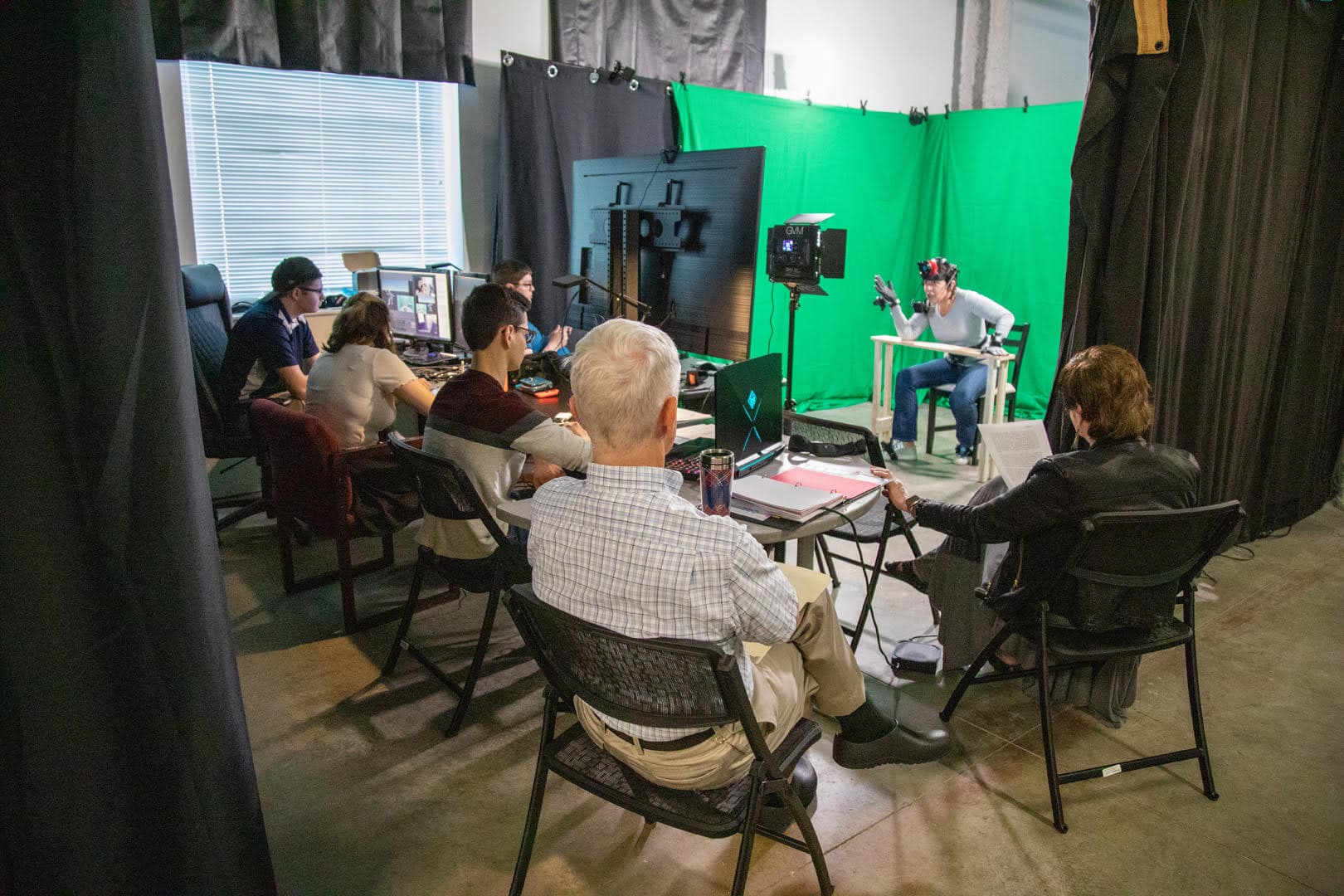The Library of Congress’s National Jukebox site is like the Pandora of the early 1900s. Visit and you can instantly stream, make playlists of, and browse through over 10,000 historical recordings from 1900 through 1925. We briefly mentioned the Jukebox in last week’s What We’re Reading, linking to The Chronicle’s article on it, but this resource impressed us so much we had to take a closer look.
Browse
The National Jukebox offers broad browsing options like category (vocal, instrumental, spoken, instrumental with vocal refrain), language, place, label, date range, composer, genre, and more. In the Artists section you can discover the featured artists they highlight, or find singers and composers alphabetically. Every recording in the database has been assigned at least one Genre (classical, ethnic, popular, religious, spoken word), and are further broken into sub-genres (blues, humorous songs, musical theater, ragtime, whistling, etc.).
Jukebox Day By Day
Did you know that on this day (May 23rd) in 1902 Dan W. Quinn recorded “Bill Bailey won’t you please come home,” in 1904 Bob Roberts recorded “Goodbye, Eliza Jane,” and in 1914 the Glacier Park Indians (Blackfoot Tribe) recorded the “Medicine song”? The Jukebox Day by Day page allows you to search “what was recorded on any given day of the year.”
Playlists
The Library of Congress has turned to its curators, project partners, and guest experts to put together short playlists (7 to 18 songs each), pulled from the Jukebox recordings. For example, The Fox Trot playlist offers a selection of 10 recordings that represent the evolution of this dance, Songs by Irving Berlin is a collection of 12 songs, and the National Jukebox Sampler presents 14 recordings that span the diverse music selection available through this project. You can also create your own playlist and even submit it to the National Jukebox to be displayed on the site.
Victrola Book of the Opera
One especially interactive section of the site is the Victrola Book of the Opera, a high resolution digital version of this 1919 book that describes over 110 operas. Along with flipping through the text and images you can also listen to almost every recording mentioned in the book.
Your Comments
Which of the recordings on this site do you find interesting? What would you use in the classroom. Please feel free to tell us your thoughts in the comment section below.
This post first appeared on AHA Today.
This work is licensed under a Creative Commons Attribution-NonCommercial-NoDerivatives 4.0 International License. Attribution must provide author name, article title, Perspectives on History, date of publication, and a link to this page. This license applies only to the article, not to text or images used here by permission.


